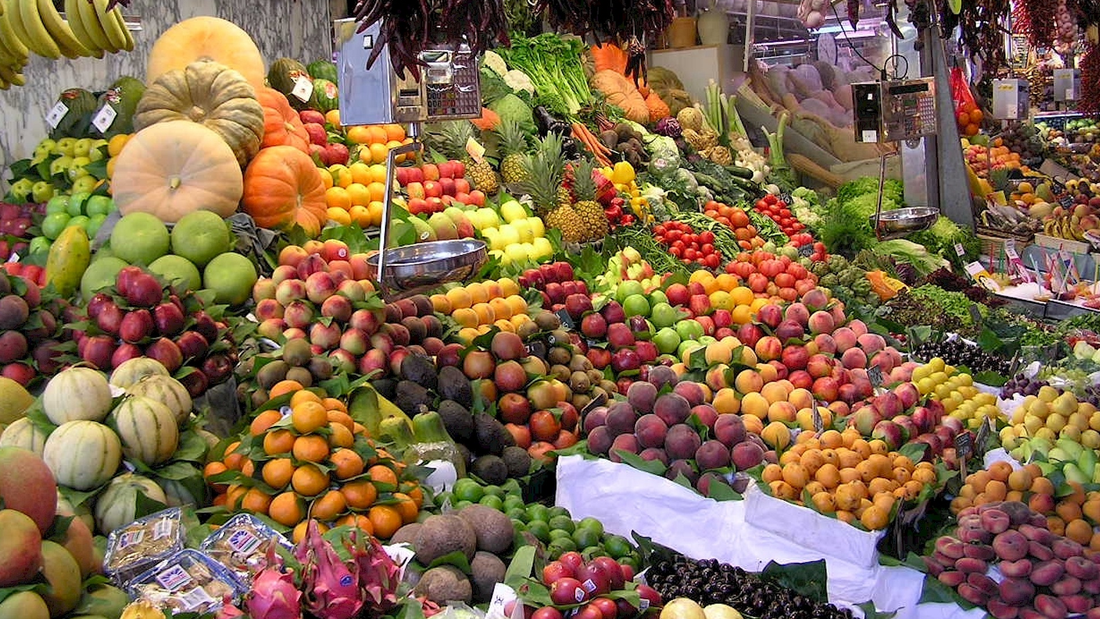
Why I Eat as Many Whole Foods as Possible
Share
Curiosity leads to questions, and questions often lead to more questions. My curiosity over the last 7 years of my life working in the food industry has led me to ask many questions, that often lead to more questions than answers. But I've found that as I continue down the road of curious questions, themes and patterns have started to reveal themselves to me. I wanted to share a few of these questions with you and the answers I have come to realize up to this point on my learning journey.
WHERE is a good place to start when looking at nutrition?
To wrap my mind around food, I like to think of living things as being made up of two parts: water and solids (meaning everything else that is not water). Life in general requires a certain amount of liquid water to be present as well as a certain ratio of specific solids (which in food terms are referred to as nutrients). The human body, for example, is made up of approximately 60% water and 40% solids. An average raw fruit or vegetable is made up of 90% water and 10% solids.
WHY does water and solids matter?
Let's look at an example. Raw cranberries contain on average 87.32% water and 12.68% solids. To simplify, let's imagine we remove the water and are left with only 12.68% solids. Those solids would be made up of 3.6% protein, 1% fat, 94.4% carbs(30% fiber, 36% sugar, 34% starch), and 1% Minerals (or ash). While every cranberry will have a slightly different make up, you won't find a cranberry with 50% of its solids being protein or fat. The berry would die. There are very specific nutrient ratios that a cranberry needs to develop.
WHY are these ratios important?
Like all living things, cranberries have a natural balance of things they need to survive. A spinach leaf will have different ratio, a potato will have a different ratio and a bean will have a different ratio. If this ratio gets too far out of balance the plant will "get sick" and die. This is why various plants grow well in various soils and climates.
WHY is this applicable?
Knowing humans evolved eating these whole foods that nature provides us, the human body is fine tuned to get the nutrients from various plants in the ratio that nature provides them in. When we eat a variety of these whole, plant foods throughout the day, our bodies can process and use the nutrients and the millions of systems at work in our bodies get vitalized. When we continually eat like this over time our bodies are able to be the healthiest they can possibly be.
WHY is it so difficult to eat a whole food diet today?
Unfortunately almost none of the food we eat today has it's natural whole food ratios. I'll call them partial foods. Whole sugarcane plants get processed into sugar by removing the natural protein, fat, fiber and other nutrients that would otherwise be eaten with the sugar. Instead, just the partial food, sugar, is added to nearly everything, turning everything into partial foods as well… Infuse a cranberry with sugar and dehydrate it to make a dried cranberry and instead of having a normal sugar to fiber ratio of 1.2:1 you have a ratio of 8.6:1 as you can see.

And that goes for every nutrient ratio in the berry… but if we just call them dried cranberries they sound healthy so they must be… right?
WHY can't we just take a pill to get our nutrients?
We often try to cut corners by eating unhealthily and then taking a supplement to get our nutrients. Unfortunately, slamming our digestive system with partial foods 3 meals a day and then taking a supplement to make up for it doesn't work because the nutrients in the supplements themselves are partial foods. Unfortunately today's science does not have the vast understanding of nature that mother nature herself does. So when we try to produce our own products, they always fall short of what we can find in the natural world around us.
WHY do our bodies seem to crave these foods if they make us sick?
Before the industrialization of the food industry, partial foods were much less prevalent. We weren't turning our wholegrain brown rice into white rice by removing the bran and germ. We weren’t peeling our potatoes, but we were eating them, skins and all. Essentially we were eating foods in their whole form because eating partial foods took more work and was very wasteful. Our bodies crave calories with the assumption that we will be eating foods in their whole form because that is all that existed until a short time ago. Unfortunately that is no longer the case and our intake of nutrients per calorie is much lower because of it.
My hope is that from reading through this you will gain a small amount of understanding and peak your own curiosity to start asking your own why questions about your food and your health. This will take more effort than simply following a "Because someone said so" diet plan, but the payoff of understanding your food and how it applies to your health will have benefits that will last your lifetime.
Best of health to you!






